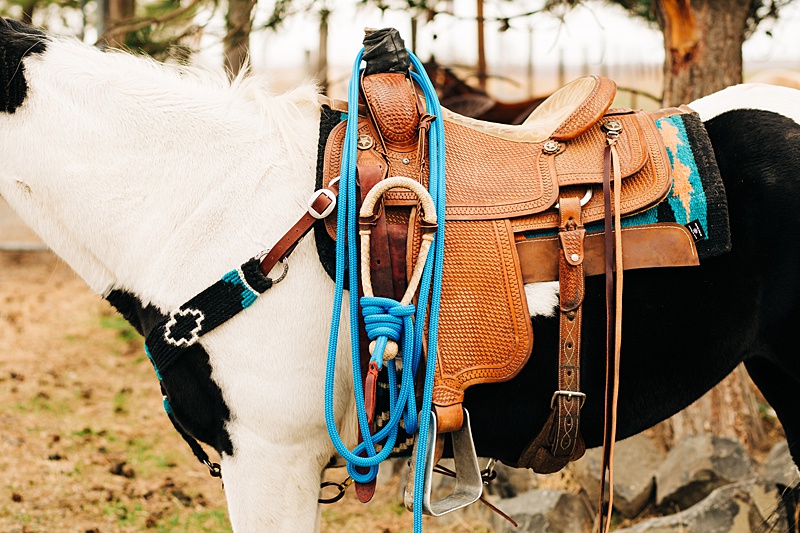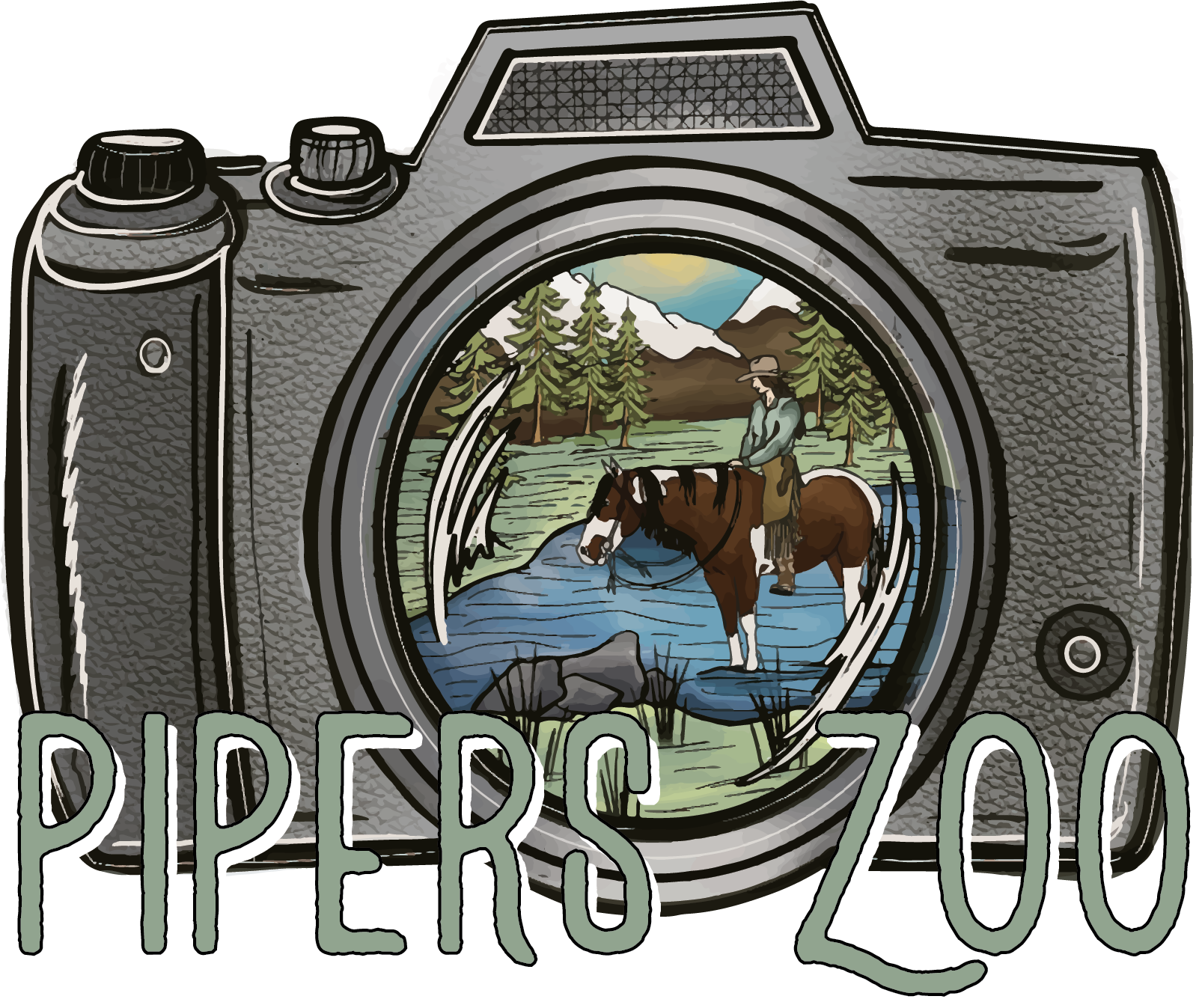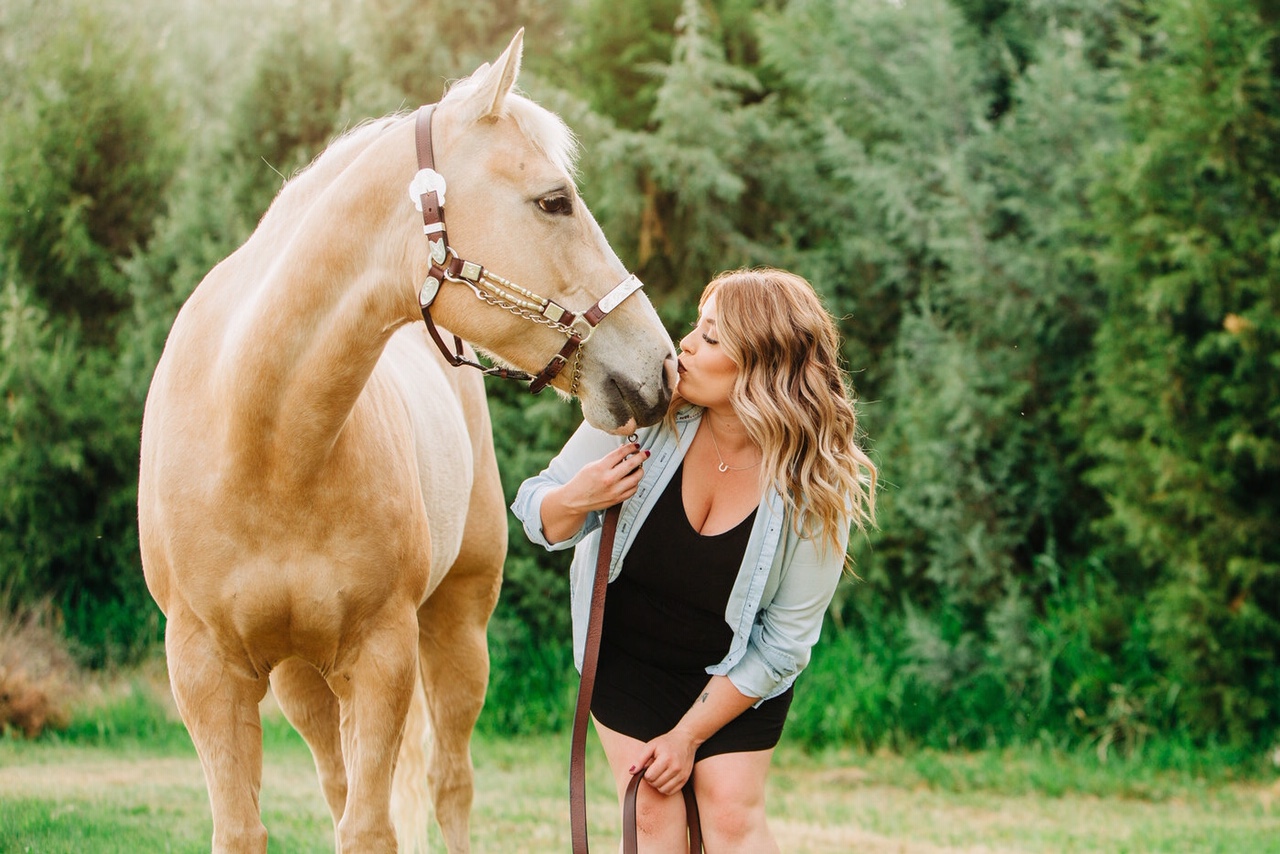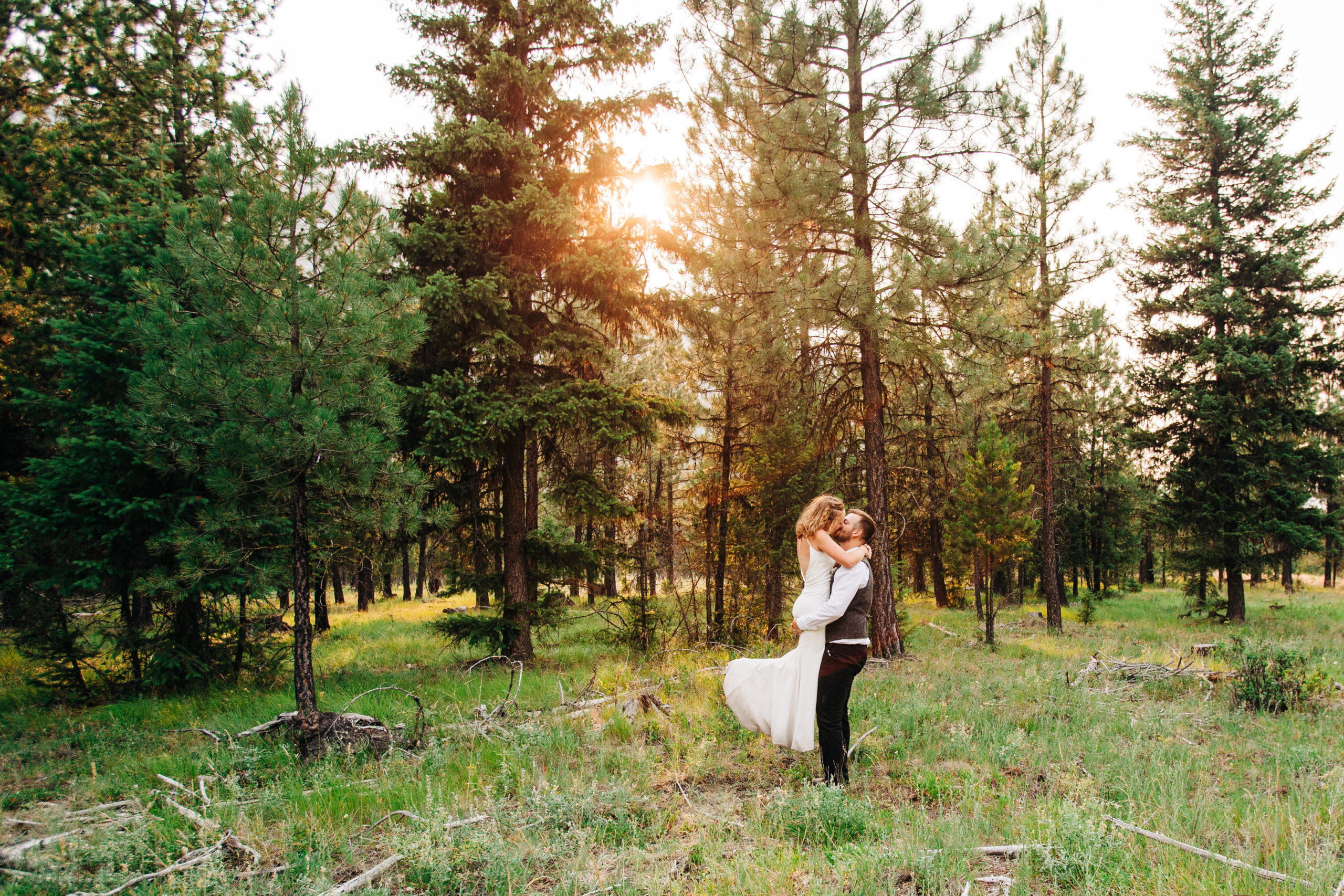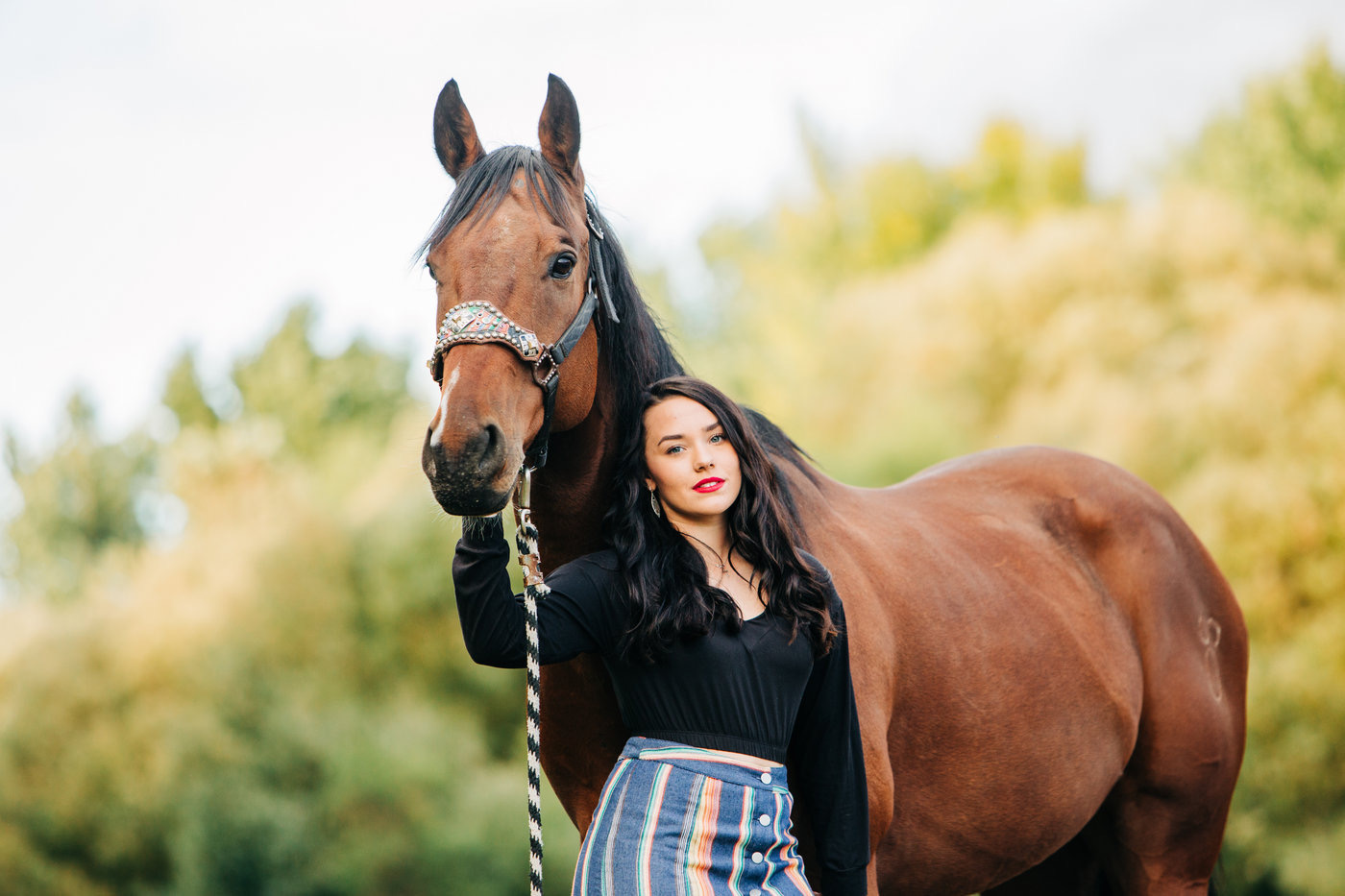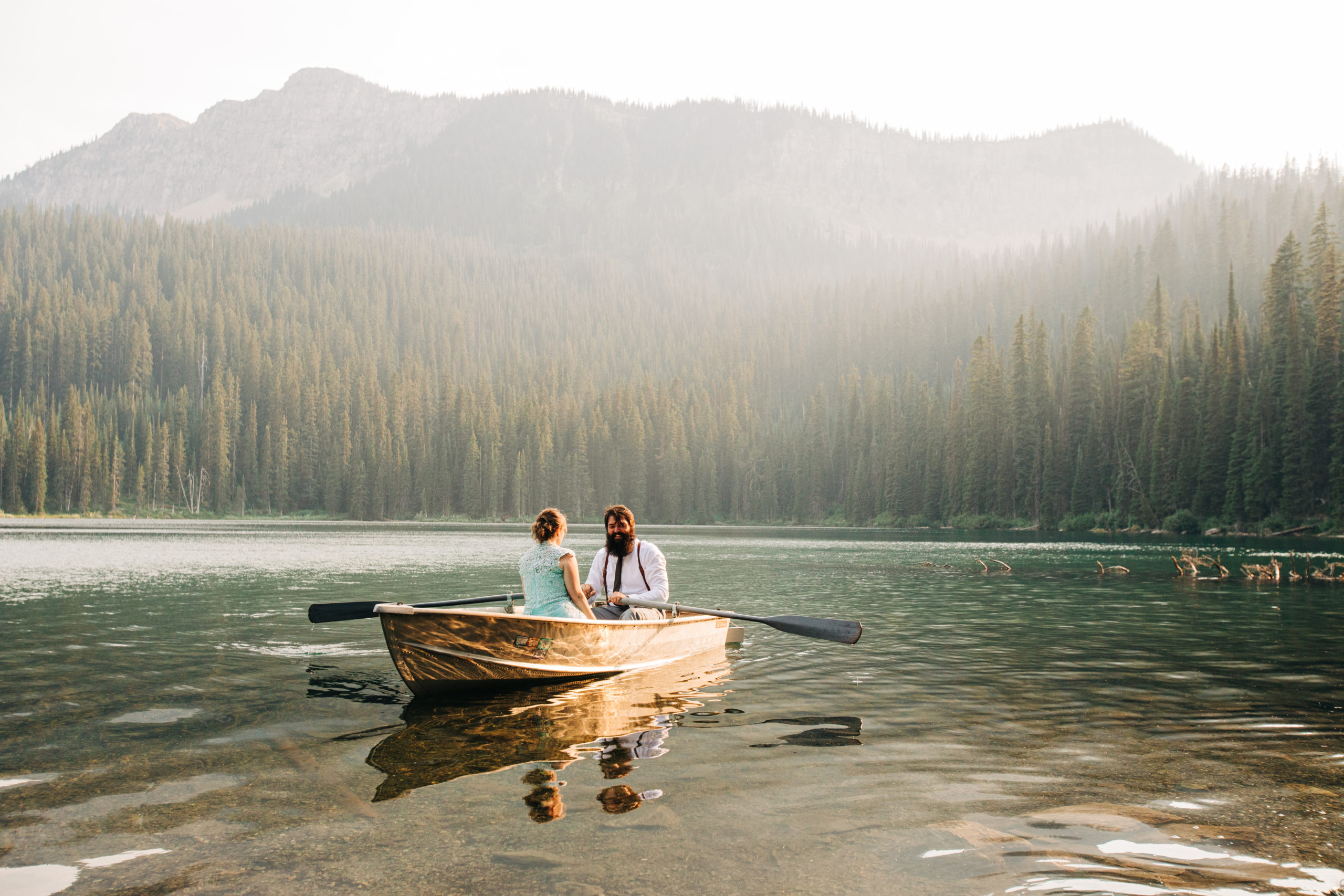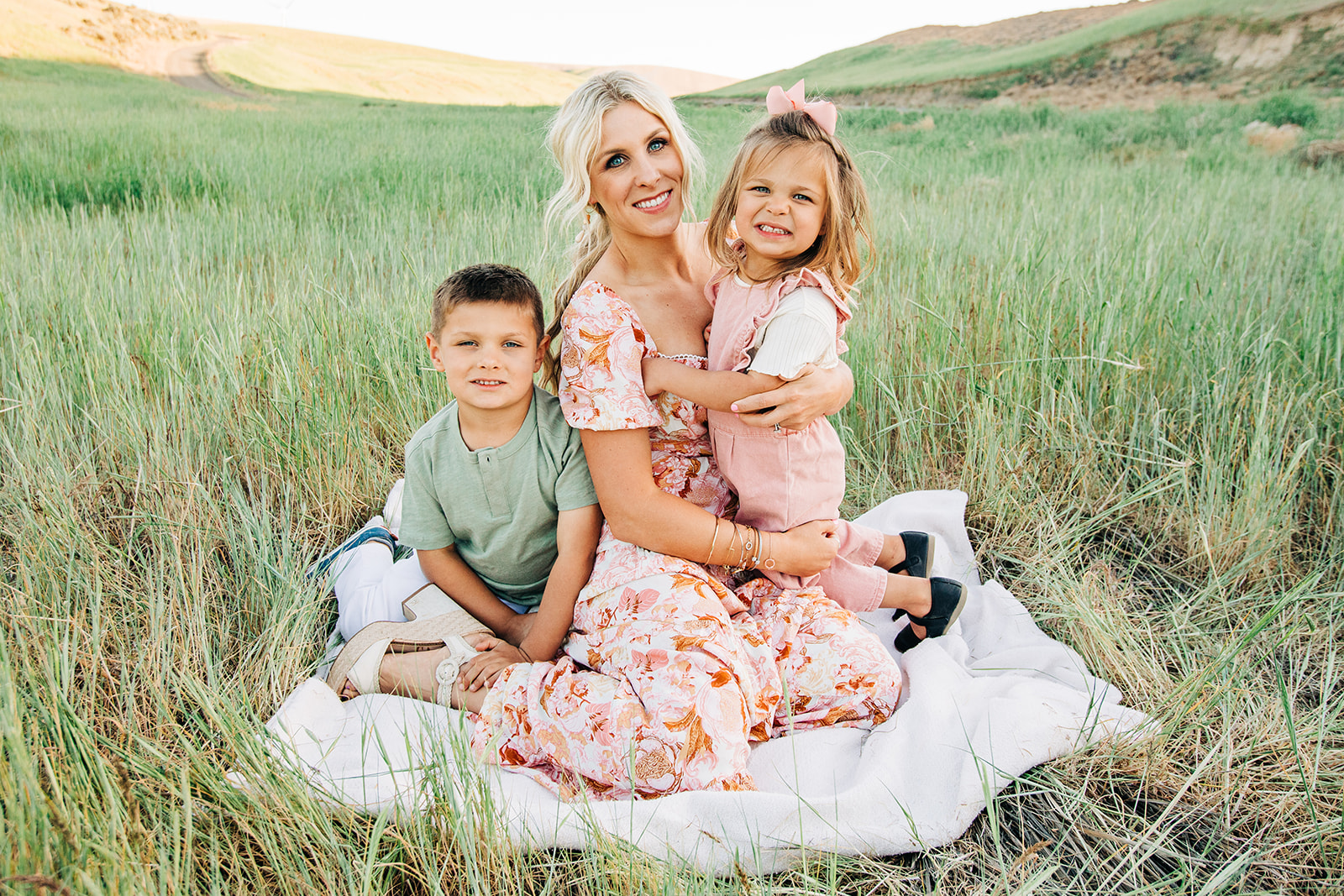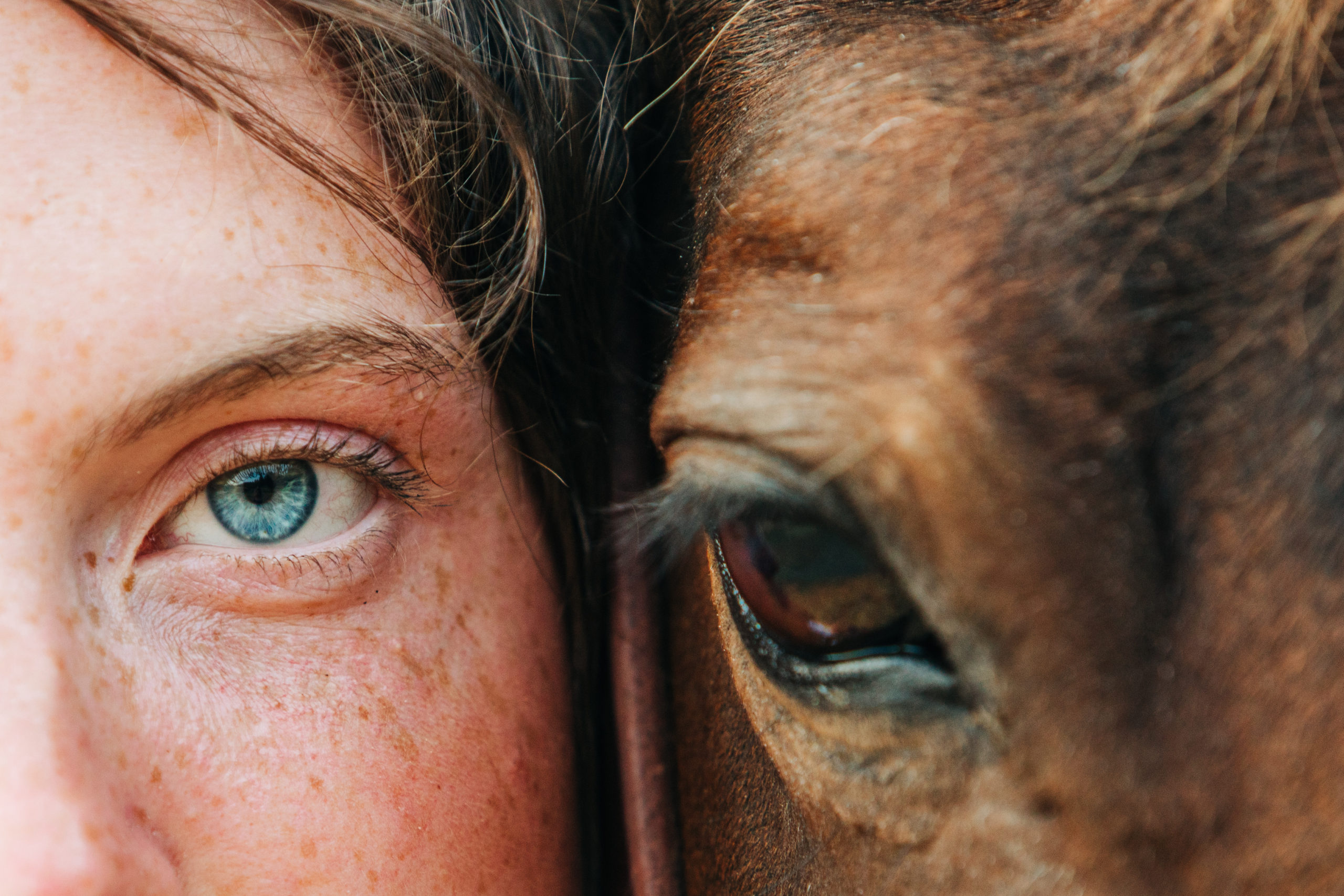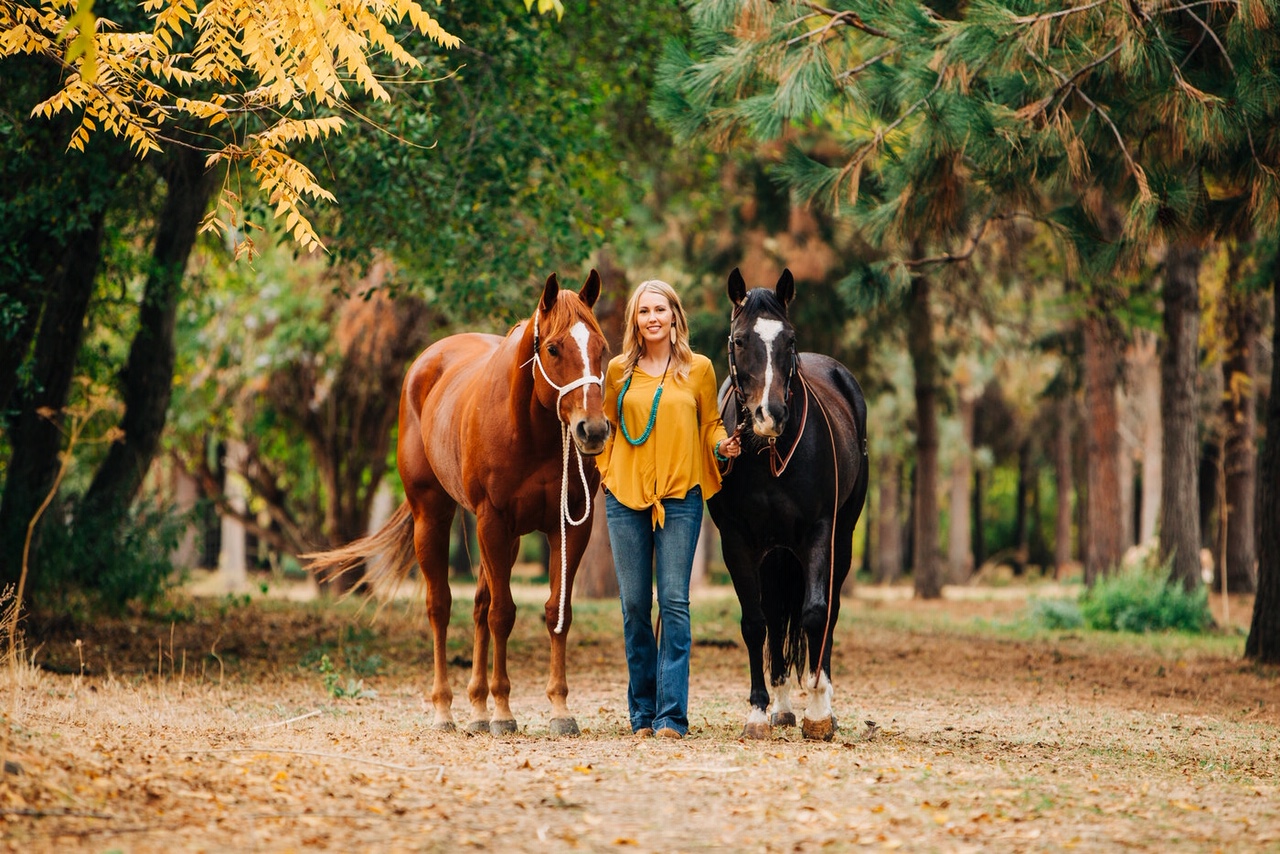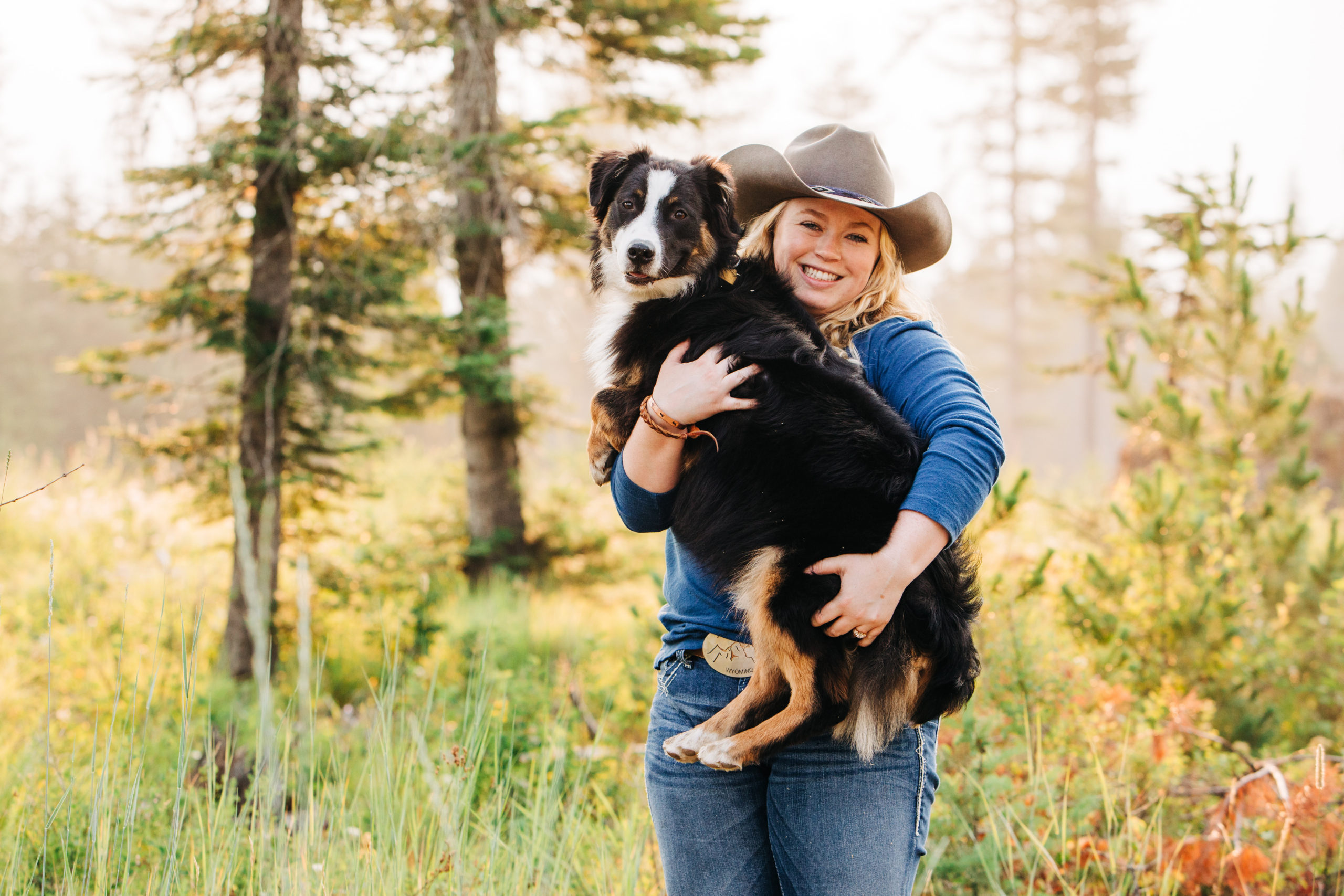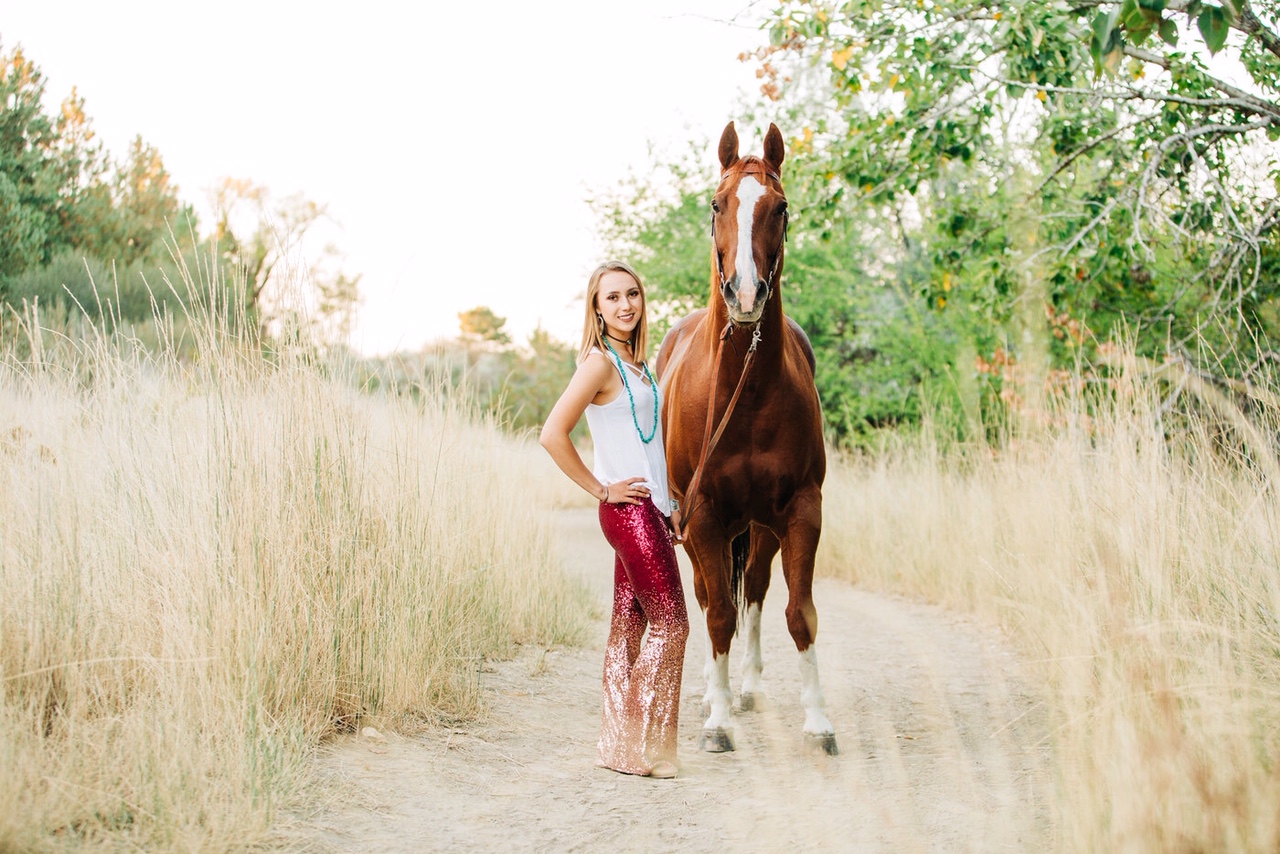Use available resources!
We ride on a lot of US Forest Service land, so I use their website to locate trails. Once you’ve narrowed down the area you think you want to ride in, you can call the ranger district to get current trail information. Some areas have a lot more information available than others, which usually means some areas are a lot more heavily trafficked than others. I often cross-reference the information I find from the Forest Service to other websites like All Trails so I can see trail reviews and things of that nature. Many national parks also allow you to ride in them and you can use the US National Park Service website to get information.
I also purchased US Forest Service maps for different areas that are “near” us (near is relative… we’re willing to drive 4-6 hours for a weekend adventure). When riding in unfamiliar territory, a map is a pretty handy thing to have in your saddle bag. While we’re on the subject, it’s also a good idea to have someone with you who can read the map (and that’s not really me).
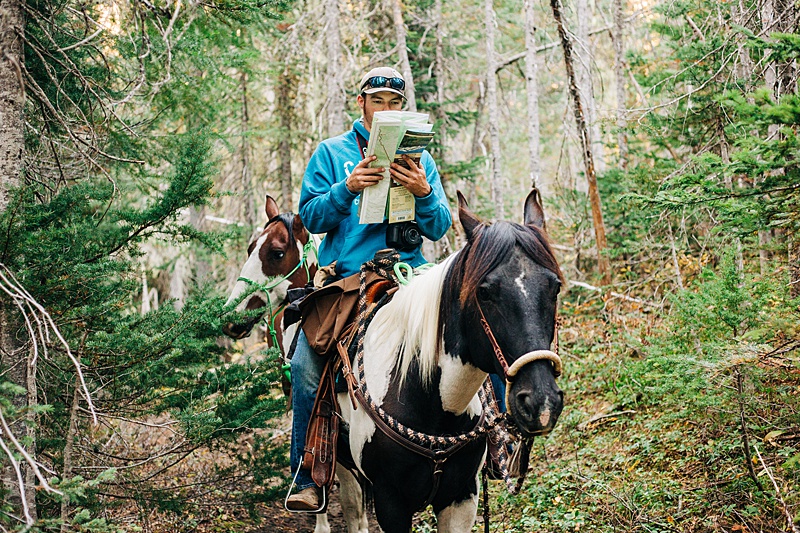
Plan for the weather you could get, not the weather you want.
Most of the time, we’re riding in higher elevations. The weather changes quickly, cold is cold, and warm isn’t as warm. Dress in layers, make sure you have rain gear and/or a heavy coat tied to your saddle and know that a little rain or snow isn’t going to ruin the trip.
Pro tip: one of my favorite first layers are those fleece lined tights/leggings (with the footies!). You can’t beat the comfort and warmth, especially for the price, and they easily fit under my jeans.
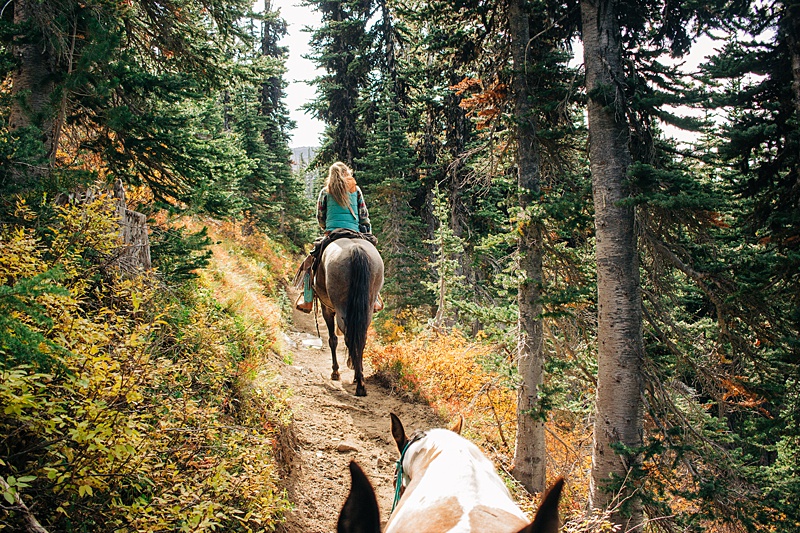
Make sure you + your horse are trail-ready.
When you research possible trails to ride, pay attention to the terrain, trail distance, and the level of difficulty, if it’s rated. Does it sound appropriate for you and your horse? As responsible riders, it is our responsibility to set our horses up for success. Of course, bad things can happen and accidents can occur, but we need to do our due diligence to mitigate these possibilities as much as possible. At the end of the day, you know your horse’s abilities (as well as your own) best. Trust your judgement.
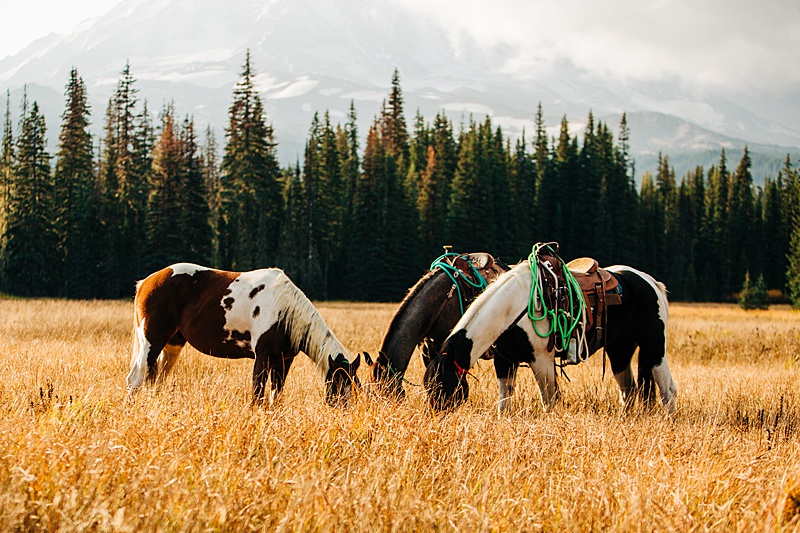
(Here is a photo of me trusting my judgement. I had a gal get upset about the fact that these horses were loose all tacked up. My horses spend half their time (okay, that’s an overstatement, but you get it) loose and all tacked up, posing for the camera.)
Supplies
Be aware of what’s available at the place you’re going. Is there water available? If you’re camping, are there high line poles or a place for your temporary corral or do you have to teach your horse to hobble? What are the rules around feed (does it have to be certified weed-free)? Where are you allowed to camp (most wilderness areas you have to be away from the lakes so many feet)?
I purchased these water containers (after loki_toki suggested them) from Wal Mart and they were a lifesaver for our most recent trip. Plus it’s always nice to have them (full!) in the trailer, just in case.
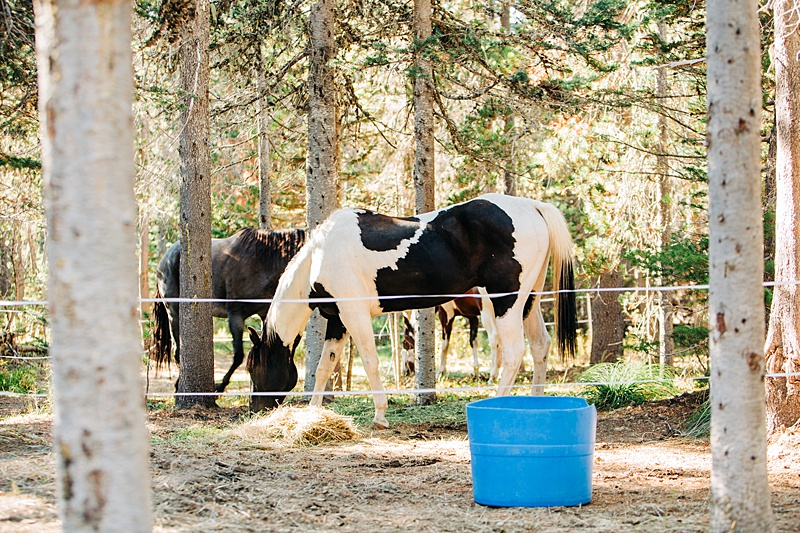
We also use temporary hot tape as a two-strand corral, which works well for our horses. I have the equipment to high-line, I just haven’t done anything with my horses on it yet and I’d rather our trial run be done at home. I like the hot tape because, obviously, it’s “hot” but also it blows in the breeze and that’s enough for Spur to stay the heck away from it. Ha! This is the charger we use, I usually use a screw driver or something as the grounding rod, and we use the white step-in posts with the polytape. Takes up minimal space in the trailer, too, which is always a plus! (Obviously, this works for having a set “camp”, not for packing things into the back country. We’re not that cool yet.)
Is your gear in good shape?
How often do you check your gear? Clean your gear? Care for your gear?
At the very least, check it before you set out on a x-mile ride in the wilderness. Make sure your leather isn’t dry, brittle and about to break. Make sure everything is fitting your horse well and not making him uncomfortable or sore. A two minute gear-check can save a lot of pain.
